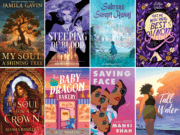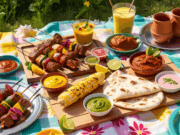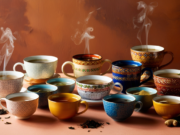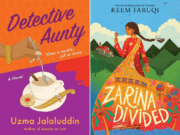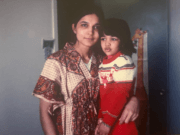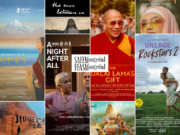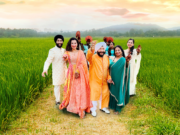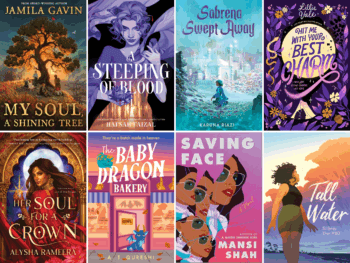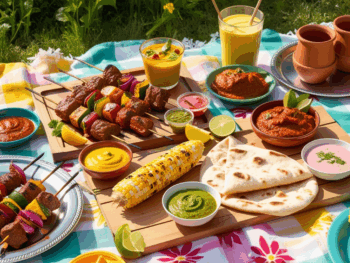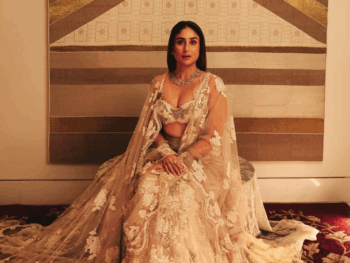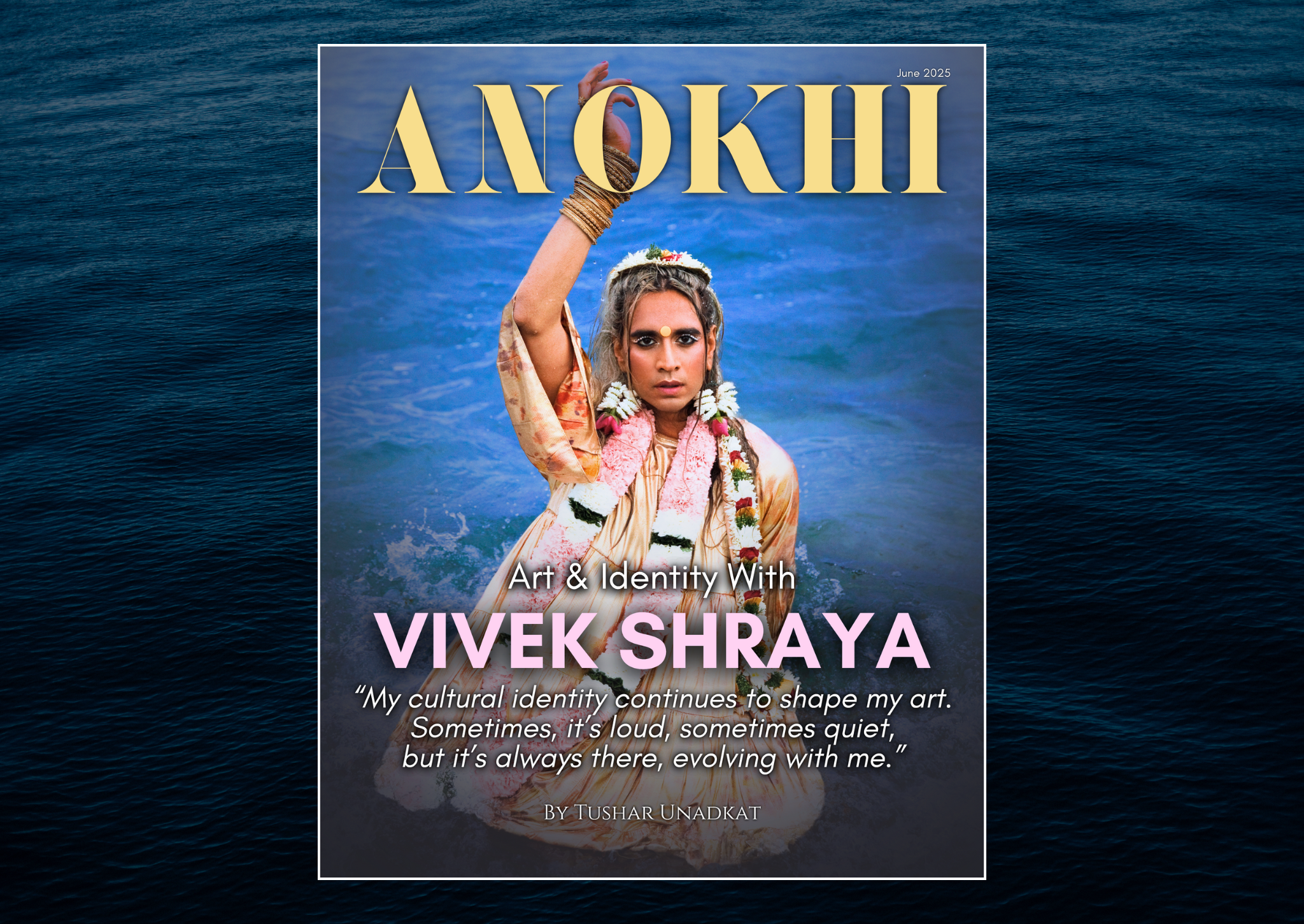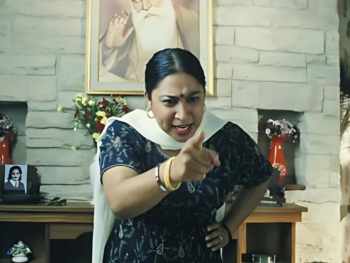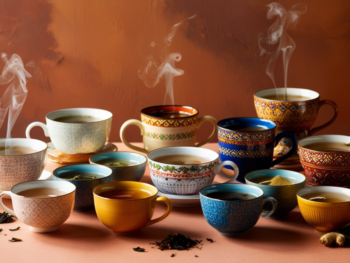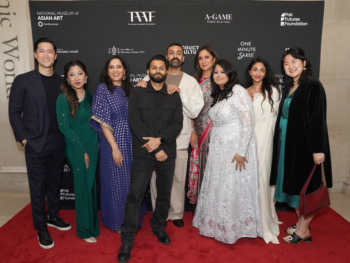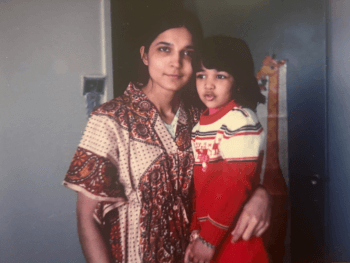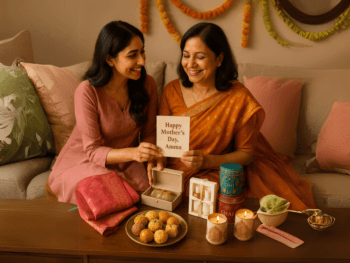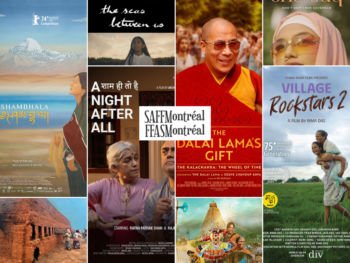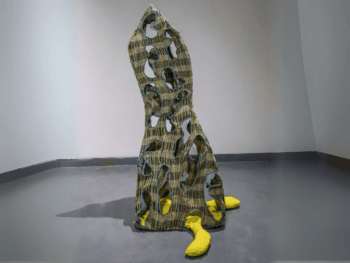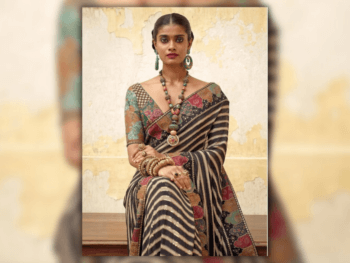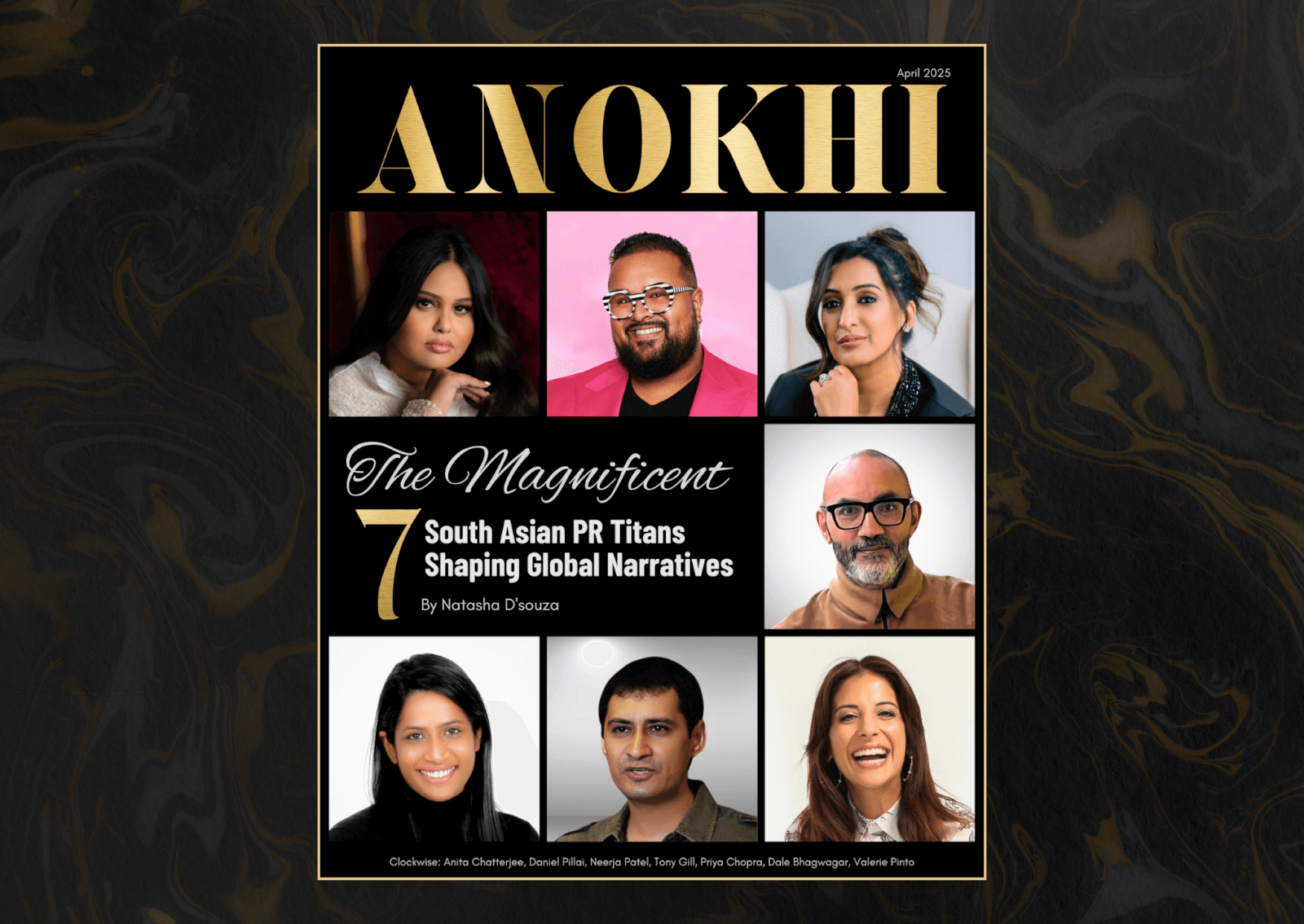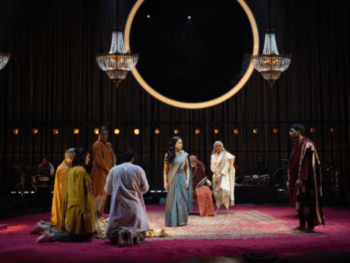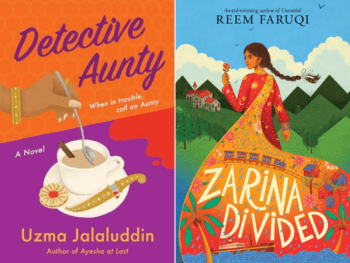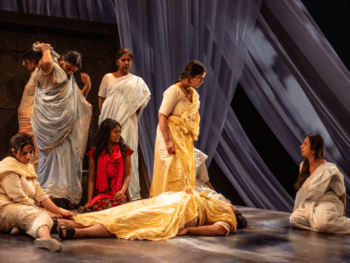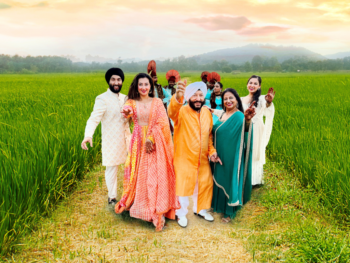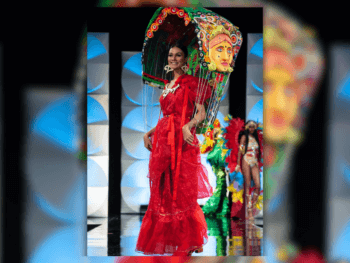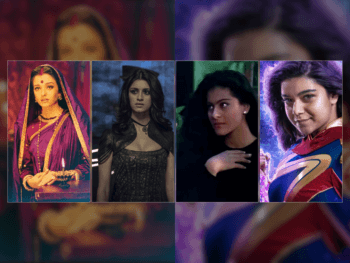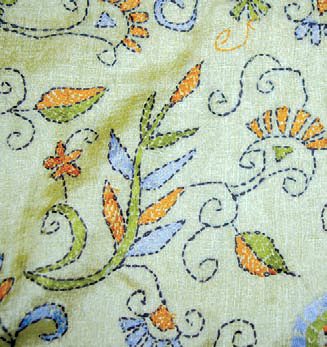
Ever wonder where Zardosi comes from? Here is a complete takeaway guide on the illustrious history of South Asia’s trademark designs.
Go shopping for clothes in India and you’ll soon encounter an almost bewildering variety of fabrics. Each part of India has its own traditional textile crafts—special methods for weaving, embroidering and embellishing ordinary cloth until it becomes a work of art. These techniques have been passed down through the centuries as trade secrets within families and communities. While we here at ANOKHI can’t teach you how to replicate the results, we can certainly give you a crash course on the glossary and basic styles of work.
Bandhani
Bandhani is a form of tie-and-dye from Gujarat and Rajasthan. Traditionally, women tie hundreds of tiny knots into the fabric and then men dip the prepared cloth into vats of dye. The areas that are tied up don’t take on the new colour, which makes this a resist technique. Despite the fact that Bandhani only uses a few simple shapes such as small dots, squares, waves and stripes and a colour palette of only a few colours such as yellow, red, pink and black, generations of artisans have developed a variety of complicated patterns, many of them unique to a tribe or village. The style is popular for traditional clothes and decorative items. And of course you cannot ignore how this South Asian influence was a staple in the wardrobe of the 60s hipster.
Chikankari or Chikan
Legend has it that this delicate embroidery came to India from Persia along with the famed beauty of 17th century Mughal empress Noor Jehan. Nowadays, Lucknow in Uttar Pradesh, India is acknowledged as the craft’s centre, where embroiders still use up to thirty different stitches to create their fanciful patterns. Designs are hand-stitched with white thread onto fine cotton cloth. Some stitches are worked on the reverse side of the fabric so they appear as delicate shadows on the right side, while this jaali work creates a net-like effect. A popular fabric for summer clothes, Chikan kurtis or mid-thigh tunics go great with jeans. A more traditional option is, of course, a salwar kameez.
Kanchipuram
The small town of Kanchipuram near Chennai, Tamil Nadu has long been famous for its woven silk saris. In the late 19th century, the Maharaja of Mysore brought mulberry trees and silkworms to what was then a temple town and started an industry that today employs three-quarters of locals. There are over a hundred different sari shops in the town alone and many neighbouring towns in the region have created their own textiles, cementing the reputation of Tamil Nadu as the state for South Indian silk saris. The traditional sari thread is twisted silk, a durable yarn guaranteed to last 40 years. A classic Kanchi sari is made up of a solid colour with an elegant gold border. The look is so timeless, that a contemporary bride assembling her trousseau may find herself buying saris in the same patterns available as when her grandmother was wedding shopping.
Kantha
The simplest stitch in hand embroidery is the running stitch: a needle goes in and out of the fabric in a straight line. For generations, rural women in West Bengal used this simple stitch to hold together layers of old cloth to make quilts for their babies. The colourful thread they used was also reused from old sari borders, the ultimate in recycling. From these humble beginnings, Kantha developed a vocabulary of elaborate rural-themed motifs. In the past quarter-century, densely covered Kantha saris became a coveted item in an Indian woman’s wardrobe.
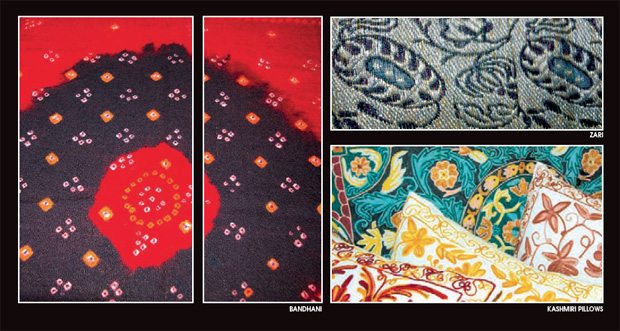
Khadi
Khadi is handspun and handwoven cloth. Purists will insist on natural fibres — usually cotton, but often silk or wool — and natural-dye colours such as khakhi. Khadi played an important role in India’s freedom struggle with Mahatma Gandhi urging people to spin and wear homespun instead of imported fabric. Gandhi saw Khadi as an answer to rural unemployment and self-sufficiency. To this day, India’s official flag specifications require that flags be only made of Khadi. The government-run Khadi and Village Industries Commission sells Khadi cloth and garments in state-run shops around India and employs nearly a million rural artisans in cloth production alone.
Kashida or Kashmiri embroidery
Thanks to the popularity of pashmina shawls, traditional Kashmiri work is a recognizable South Asian icon. Motifs are heavily inspired by Mughal art and often involve a mix of flowers, stems, and botehs or stylized teardrops that are used in Paisley designs. The stitches used are fairly simple, generally similar to stiching styles known as, Western Chain, Satin, Herringbone, and Knot Stitches and sometimes worked with a crewel instead of a needle. The most skilled artisans can produce dorukha or work so fine that it is hard to tell the front from the wrong side of the fabric. Popular items include cushion covers, wall hangings, clothes and of course, scarves and shawls.
Zardosi
Fine gold wire is certainly one of the most expensive raw materials that you can use for thread. Traditionally, the beaten metal would be woven straight into the fabric and then used to make gorgeous saris. In times of hardship a woman could boil or burn the fabric and recover the gold. Zari typically refers to the precious stuff, gold or sometimes silver, whereas Zardosi involves a variety of metal or metallic threads. Zardosi is often used in bridal outfits where the rich glitter of gold-like threads complements elaborates traditional jewellery.
By Ritika Nandkeolyar
COMMENTS
YOU MAY ALSO LIKE
Newsletter Sign Up
Subscribe to our FREE newsletter for all of the latest news, articles, and videos delivered directly to your inbox each day!










